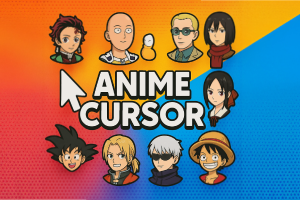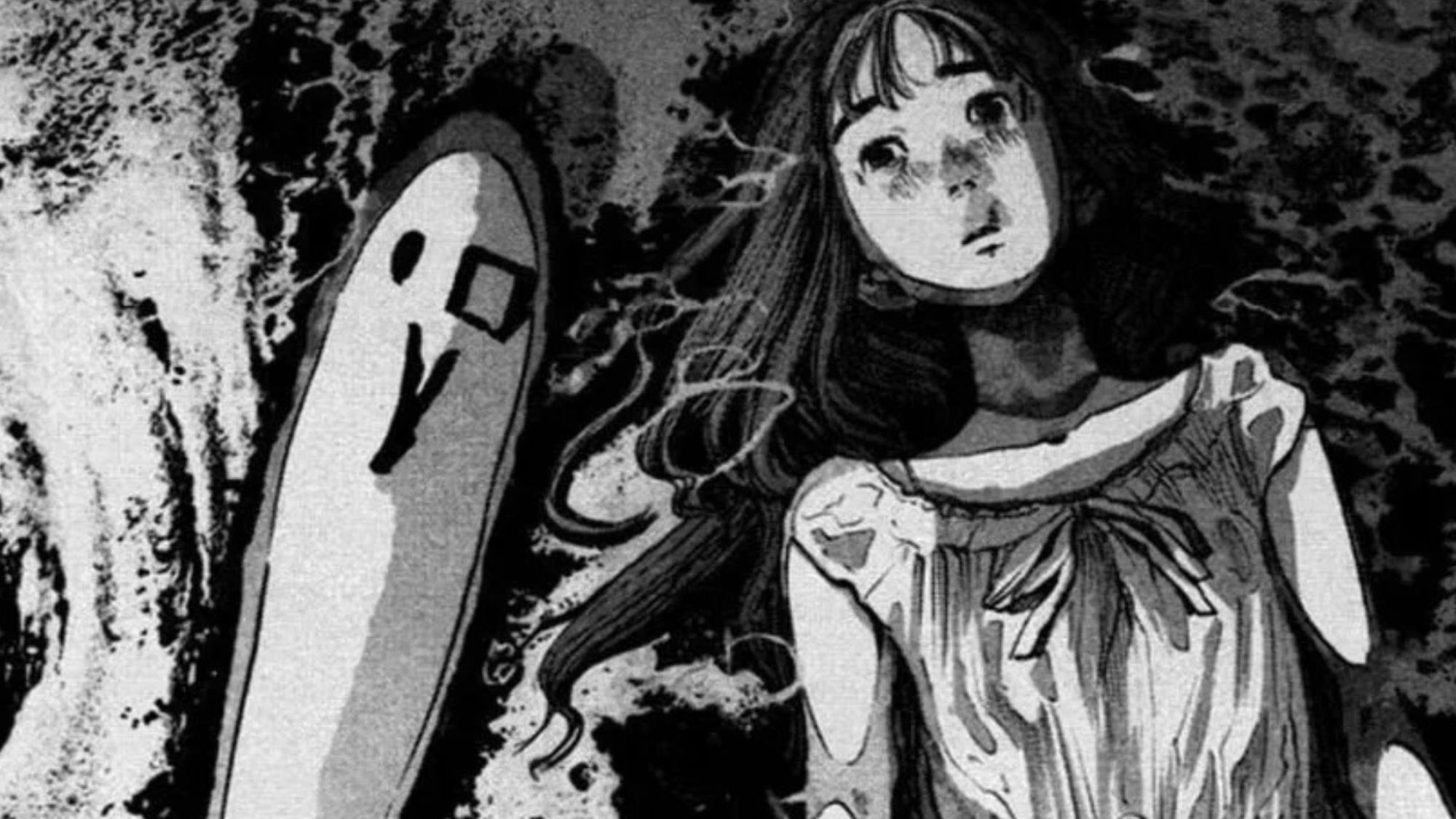
Not every great manga gets its time in the spotlight, and the process of adaptation can feel more like a gamble than a meritocracy. While some incredible stories are left to languish in obscurity, others get fast-tracked to anime purely because they tick the right boxes for studios and sponsors.
Anime adaptations are, at their core, business decisions. Studios look for stories that can appeal to a broad audience, generate significant revenue, and fit neatly into the seasonal anime schedule. Additionally, publishers often select manga with ongoing serializations or rising popularity in weekly rankings, ensuring there’s already a built-in fanbase to guarantee a return on investment. On the flip side, darker, more experimental works like Homunculus or Oyasumi Punpun don’t offer the same kind of commercial viability. But the stories that don’t fit the mold are often the ones that truly deserve a chance.
7. Spirit Circle
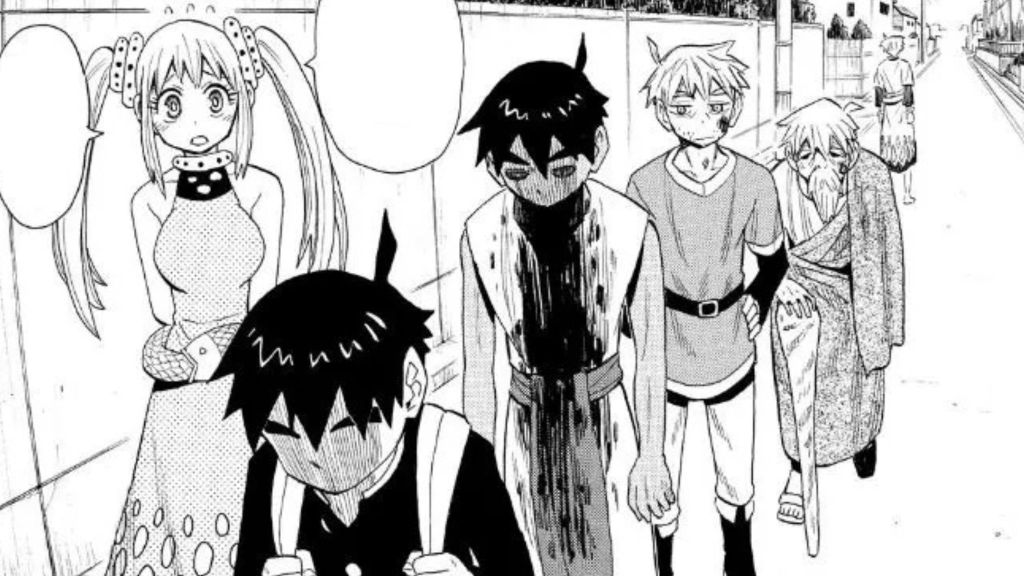
Spirit Circle is about reincarnation and the weight of past lives. The story follows Fuuta Okeya, a seemingly ordinary high schooler, whose life is upended when a mysterious new transfer student, Kouko, arrives and declares him her mortal enemy. What follows is an intricate journey through Fuuta’s past lives, spanning different eras as he confronts the sins and tragedies of his previous selves Spirit Circle is unlikely to become an anime because it exists outside the boundaries of what the industry deems “safe.” But that’s exactly why it should be adapted.
6. MPD Psycho
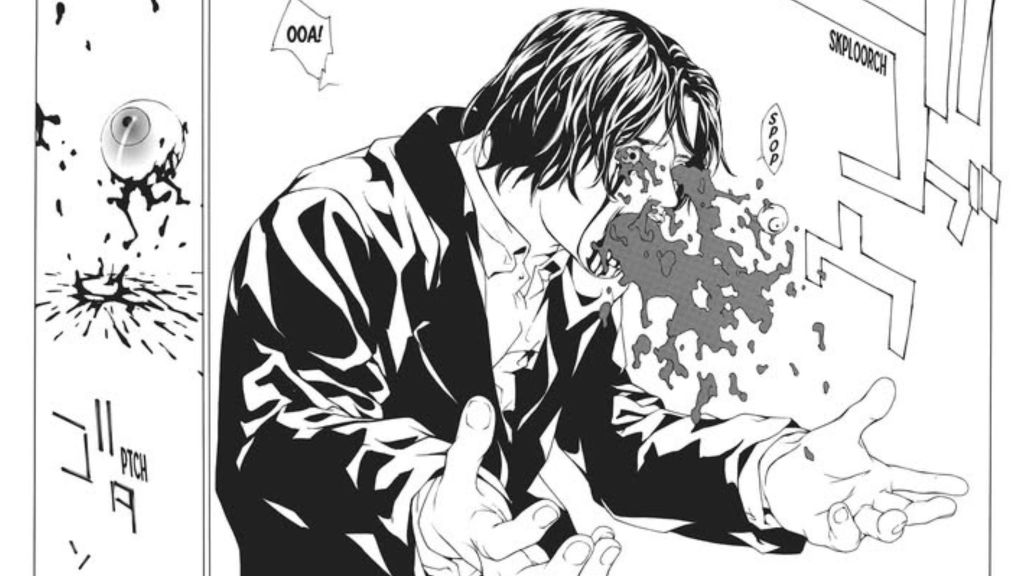
MPD Psycho drags you into a twisted labyrinth of murder, psychology, and the darkest corners of the human soul. It’s a brutally fascinating story that feels tailor-made for an anime adaptation. But its gruesome content and uncompromising themes make it very hard to bring to the screen. Written by Eiji Otsuka and illustrated by Shou Tajima, MPD Psycho is a psychological thriller that follows Yosuke Kobayashi, a detective suffering from dissociative identity disorder (DID).
After encountering a gruesome serial killer, his split personalities begin to emerge, including one named Kazuhiko Amamiya, who is cold, calculating, and terrifyingly effective at solving cases. A faithful anime adaptation could push the boundaries of the medium, much like Perfect Blue or Paranoia Agent did, by delving into the darker recesses of the human psyche.
5. Dead Tube
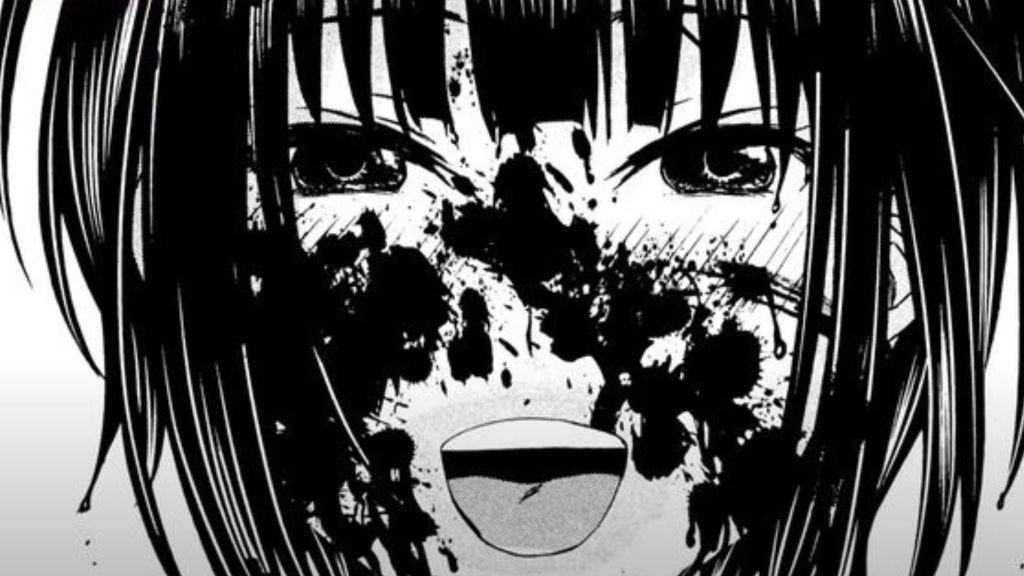
Written by Mikoto Yamaguchi, Dead Tube revolves around a fictional streaming platform where users upload videos to gain views and fame. The catch? The platform rewards the most shocking, grotesque, and depraved content imaginable. The story follows Tomohiro Machiya, a quiet and seemingly normal high school student, who gets pulled into this world by Mai Mashiro, a classmate who recruits him to film her increasingly graphic “projects.”
The brilliance of Dead Tube lies in its unflinching critique of the internet’s obsession with fame and the lengths people will go to achieve it. The manga’s premise is inherently controversial. It touches on issues like voyeurism and the desensitization of audiences to violence — topics that hit uncomfortably close to home in today’s world of viral videos and social media scandals. While that makes Dead Tube relevant and thought-provoking, it also makes it risky.
4. Fire Punch
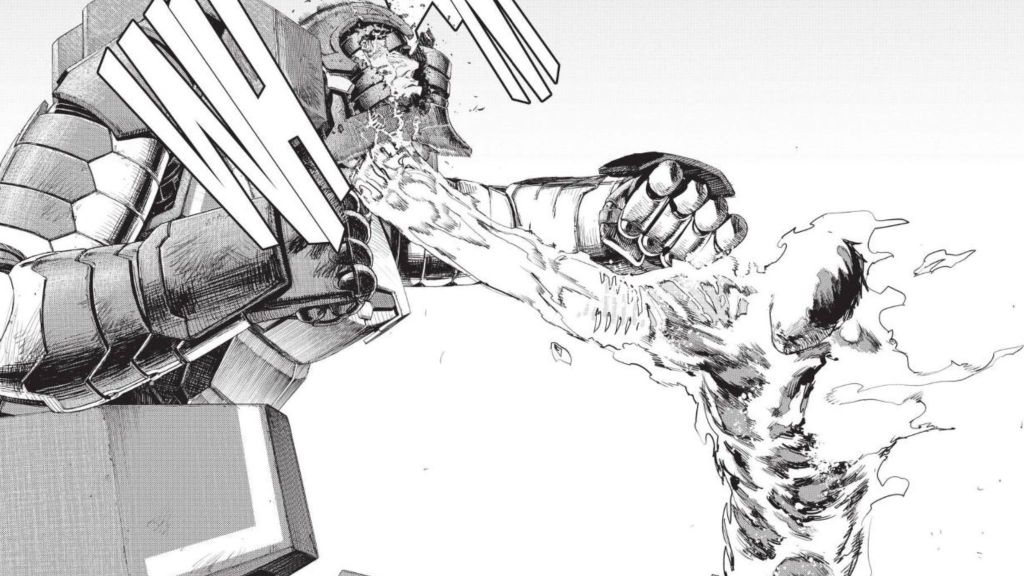
Fire Punch ran in Shonen Jump+ (2016–2018), completed in 8 volumes, and as of today has no announced anime. Written by Tatsuki Fujimoto, the brilliant mind behind Chainsaw Man, Fire Punch takes place in a frozen, post-apocalyptic wasteland where resources are scarce, death is constant, and humanity has descended into desperation and savagery. What sets Fire Punch apart is how it uses its bleak world and shocking content to explore deeply philosophical questions.
But as much as Fire Punch begs to be animated, it’s hard to imagine any studio daring to touch it. The most obvious reason is its graphic content. The manga’s turning points — the Doma arc, the Togata “movie” stretch, the late-game identity/philosophy spiral — need breathing room and careful escalation. A single cour would rush the metamorphosis; two cours require a prestige budget for a project with low merch upside.
3. Homunculus
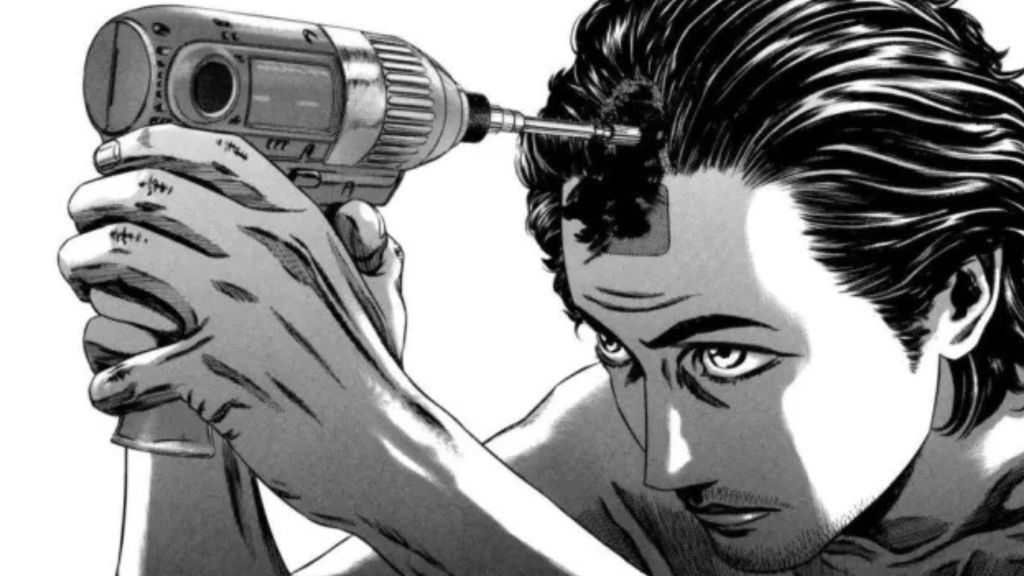
Homunculus is a psychological horror masterpiece. It follows a homeless man living out of his car, who agrees to undergo a bizarre and dangerous medical experiment in exchange for money. The experiment, called trepanation, involves drilling a small hole into his skull to “unlock” parts of his brain. As a result, Nakoshi begins to see distorted visions of people’s inner traumas and psychological scars.
What begins as a surreal exploration of these visions quickly spirals into a chilling descent into madness, as Nakoshi becomes obsessed with uncovering the truth about himself and others. Homunculus exists in a rare category of manga that uses its visual medium to explore inner states in ways that would lose potency if toned down for broader consumption. The Netflix live-action adaptation demonstrates the problem perfectly — by condensing the story and sanitizing its most challenging aspects, it rendered a profound psychological exploration into a confused supernatural thriller.
2. I Am a Hero
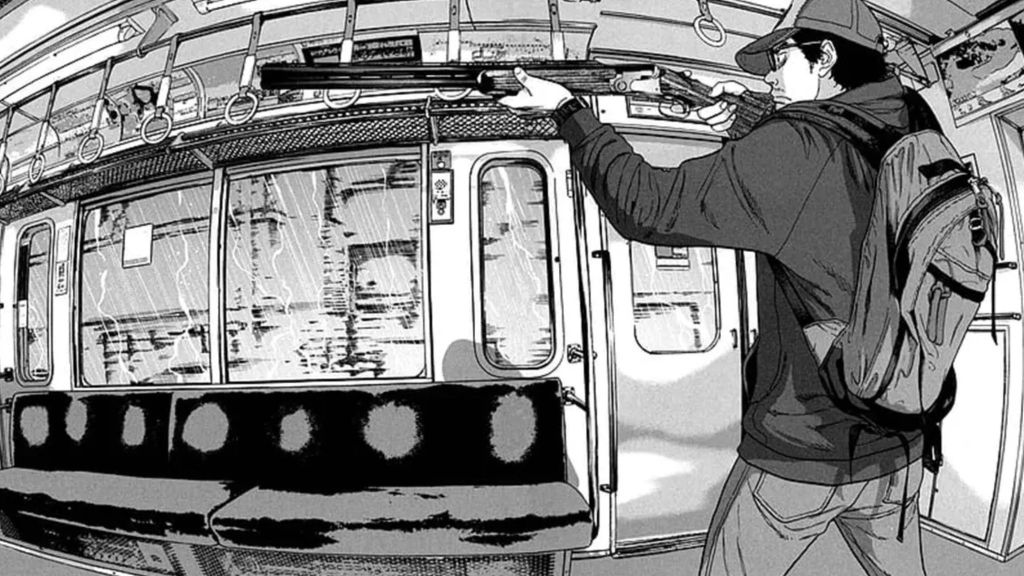
I Am a Hero is not your typical zombie apocalypse story. I Am a Hero follows Hideo Suzuki, a struggling manga artist in his 30s whose life is defined by self-doubt. Hideo isn’t a hero in any sense. He’s socially awkward and plagued by hallucinations that blur the line between reality and delusion. When a rabies-like infection erupts across Japan, turning people into grotesquely fixated monsters, Hideo stumbles from denial into survival with a legally owned shotgun and very shaky resolve.
The series tracks his odyssey with Hiromi (a bitten teen who becomes… different) and later Nurse Yabu, as they navigate a collapsing Japan. It has one Japanese live-action feature (2016) and international spinoffs/side stories. But the manga’s core is uniquely suited to adult animation. That’s exactly why it’s unlikely to happen under conventional production logic, and exactly why it should: because horror this honest deserves a medium that won’t flinch when the camera lingers.
1. Oyasumi Punpun
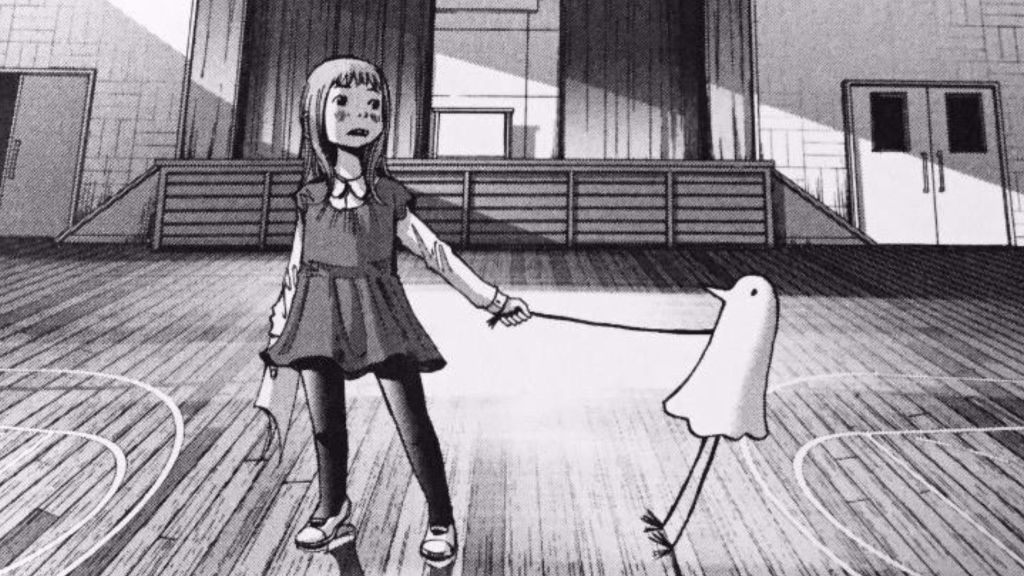
Oyasumi Punpun follows the life of Punpun Punyama, a boy depicted as a simple, cartoonish bird in an otherwise hyper-realistic world. Don’t be fooled by the whimsical art style. This is one of the most devastatingly dark manga ever written. Spanning Punpun’s childhood, adolescence, and adulthood, the story chronicles his struggles with love, trauma, and the crushing weight of growing up in a flawed world.
From his dysfunctional family to his obsessive relationship with his first love, Aiko, Punpun’s life is a series of painful, often self-inflicted, spirals that explore the ugliness of human nature and the burden of existence. Oyasumi Punpun is not an easy sell. It’s not a story with heroes or villains, thrilling action, or uplifting moments. While it has a devoted fanbase, it’s not the kind of material that would attract mainstream audiences or sponsors. And yet, Oyasumi Punpun should be adapted because it’s a story that matters.
What do you think? Leave a comment below and join the conversation now in the ComicBook Forum!
